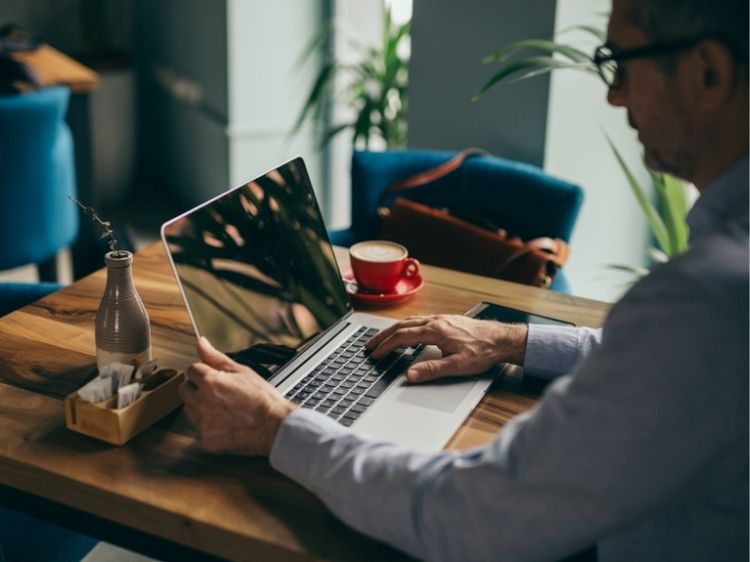What Is Business Attire?
Let’s face it—when it comes to making a first impression, your outfit speaks volumes. Business attire refers to clothing that’s appropriate for professional settings, but the specifics can vary depending on the workplace, industry, and occasion. Whether you’re gearing up for a big interview or navigating the evolving world of office fashion, understanding the dos and don’ts of business attire is key to looking polished and professional.
This guide will break down the essentials of business attire, offer tips for various settings, and even answer some of your burning questions about dressing for success.
Types of Business Attire
When we say “business attire,” it’s not a one-size-fits-all phrase. There are a few distinct categories to know:
1. Traditional Business Formal
This is the most professional style and is typically required in corporate environments, board meetings, or high-level events.
- Men: A dark suit, white dress shirt, silk tie, leather shoes, and matching socks.
- Women: A tailored suit, pencil skirt or pants, blouse, closed-toe heels, and minimal jewelry.
2. Business Professional
A slight step down from formal, this style is still polished but allows for a bit more personality.
- Men: A neutral-colored suit, collared shirt, and tie, with the option to skip the tie in less rigid environments.
- Women: A tailored dress, blazer, or skirt-and-blouse combination with tasteful accessories.
3. Business Casual
This has become increasingly common in modern workplaces. Business casual strikes a balance between comfort and professionalism.
- Men: Khakis or dress pants, a button-down shirt, and loafers.
- Women: Blouses, cardigans, midi skirts, or dress slacks paired with flats or low heels.
4. Smart Casual
A mix of business casual and everyday wear, smart casual is often the go-to for creative or startup environments.
- Men and Women: Well-fitted jeans, blazers, chic sweaters, and fashionable shoes.
Dressing for Success: Tips for Nailing Business Attire
Understand Your Company Culture
The first rule of thumb is to know your environment. Are you in a law firm, a tech startup, or a creative agency? Each has its own definition of business attire.
Invest in High-Quality Basics
Think tailored suits, crisp shirts, and versatile blazers. These staples will serve as the backbone of your wardrobe.
Pay Attention to Fit
Even the fanciest suit can look sloppy if it doesn’t fit right. Invest in tailoring to ensure your clothes complement your body shape.
Accessorize Smartly
- For Men: A classic wristwatch and a leather belt can tie the look together.
- For Women: Opt for subtle jewelry, structured bags, and elegant scarves.
Mind Your Shoes
Shoes can make or break your outfit. Stick to polished leather shoes or clean, professional-looking flats.
Seasonal Adjustments to Business Attire
Spring and Summer
- Lighter fabrics like linen or cotton blends are ideal.
- Stick to light or pastel colors for a fresh, seasonal look.
Fall and Winter
- Opt for wool or tweed suits, and add layers like a tailored coat or cashmere sweater.
- Darker colors like navy, charcoal, or burgundy are popular.
Business Attire: Common Mistakes to Avoid
- Overdoing Accessories: Keep it minimal and professional.
- Ignoring Grooming: Neat hair, clean nails, and pressed clothing are non-negotiable.
- Choosing the Wrong Shoes: Sneakers or overly casual footwear can ruin your outfit.
- Forgetting to Update Your Wardrobe: Trends change, and so do expectations.
FAQs About Business Attire
What’s the difference between business formal and business professional?
Business formal is the most polished and traditional style, while business professional allows for a touch of personality through colors and accessories.
Can I wear jeans to a business casual office?
It depends on the company. If jeans are allowed, ensure they’re dark-washed, well-fitted, and free from rips or embellishments.
Are open-toe shoes acceptable for women?
In some business casual settings, yes—but avoid them in formal environments. Closed-toe shoes are always a safer bet.
How do I transition my outfit from day to night?
Add a bold accessory or swap your flats for heels. For men, ditch the tie and add a stylish pocket square.
Modern Trends in Business Attire
- Sustainability: Many professionals are opting for eco-friendly fabrics and brands.
- Gender-Neutral Clothing: A growing trend in inclusivity, with options like tailored suits for all genders.
- Technology-Infused Fabrics: Wrinkle-free, moisture-wicking materials are gaining popularity.
Conclusion: Why Business Attire Matters
Your clothing reflects your professionalism and confidence. Mastering the art of business attire doesn’t just make you look good—it positions you as someone who takes their career seriously. From nailing the traditional business formal look to rocking smart casual, the right outfit can open doors and leave a lasting impression.
Authoritative Links
- Business Attire Tips: www.forbes.com/business-attire
- Dressing for Success: www.careerbuilder.com/dressing-professionally
- Modern Office Wear Trends: www.businessinsider.com/modern-office-fashion







